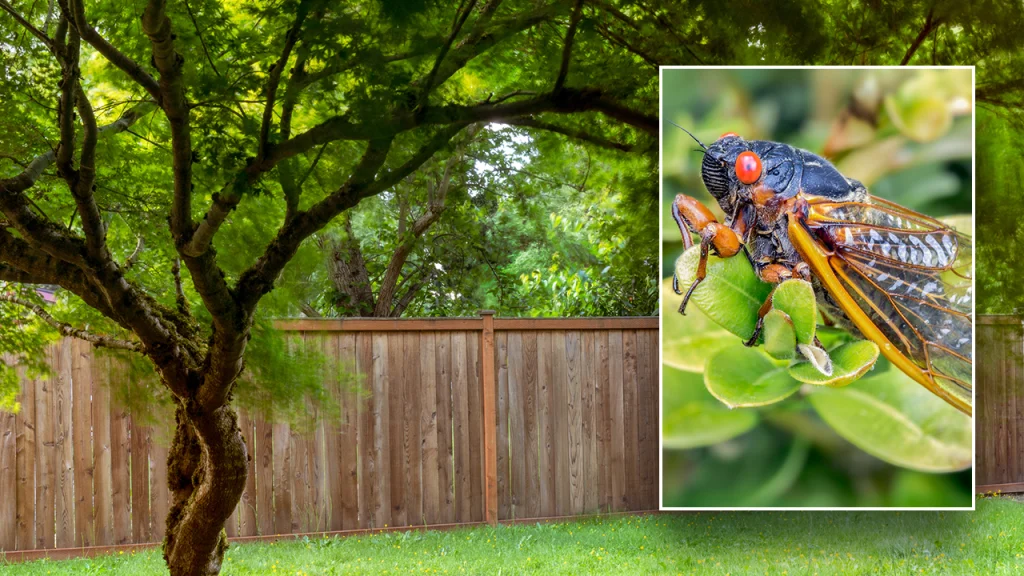This spring and summer, the U.S. is expecting a great cicada revival with two cicada broods resurfacing simultaneously for the first time in 221 years. Trillions of insects are expected to emerge in 17 states across the country. Despite the large numbers of cicadas predicted, they are relatively harmless, do not bite or sting, and are safe for pets to eat, as long as they are in their infancy. Americans are likely to spot cicadas in their yards this spring, as the insects are known for their loud mating calls that can exceed 100 decibels.
Cicadas only live for about six weeks and are mostly inactive at night. They are known for shedding their exoskeletons, leaving molted shells on the ground. The biggest concern regarding cicadas is their activity in trees, as they tend to feed on and lay eggs in new trees and shrubs. Homeowners can discourage cicadas from laying eggs in younger trees by covering them with mesh netting or cheesecloth. Larger, existing trees can benefit from a tree wrap or guard to prevent infestation by cicadas.
Encouraging predators like birds to come into the garden with bird feed could also help keep cicada numbers down. Despite popular belief, cicadas are not considered pests as they do not cause mass damage to plants and crops. While they may cause minor damage to young trees, most trees recover quickly. The reason cicadas resurface is that many broods only come out to mate after long periods of hibernation. Two different broods are expected to emerge in 2024, one appearing every 17 years and another every 13 years.
One of the broods, the 13-year cicada, also known as Brood 19, has one of the largest geographical emergences spanning 14 states. The 17-year cicada, known as Brood 13, will emerge in five Midwestern states. Two states, Illinois, and Indiana will experience emergences from both broods. Cicadas from both broods are likely to appear in 17 states, including Alabama, Georgia, Kentucky, Louisiana, Michigan, Missouri, North Carolina, South Carolina, and more. Meek noted that cicadas are not considered pests and generally do not cause major damage to plants and crops.


